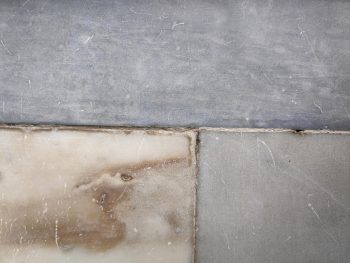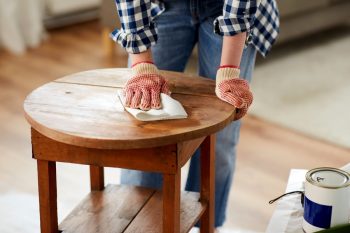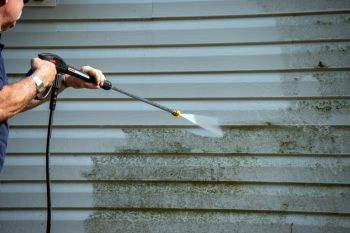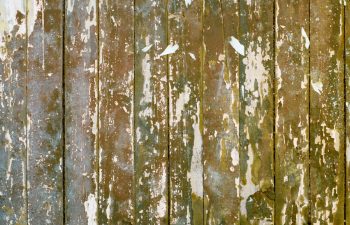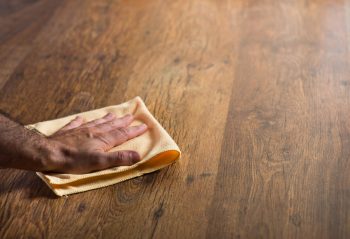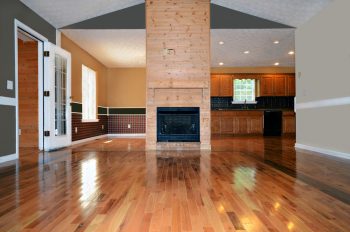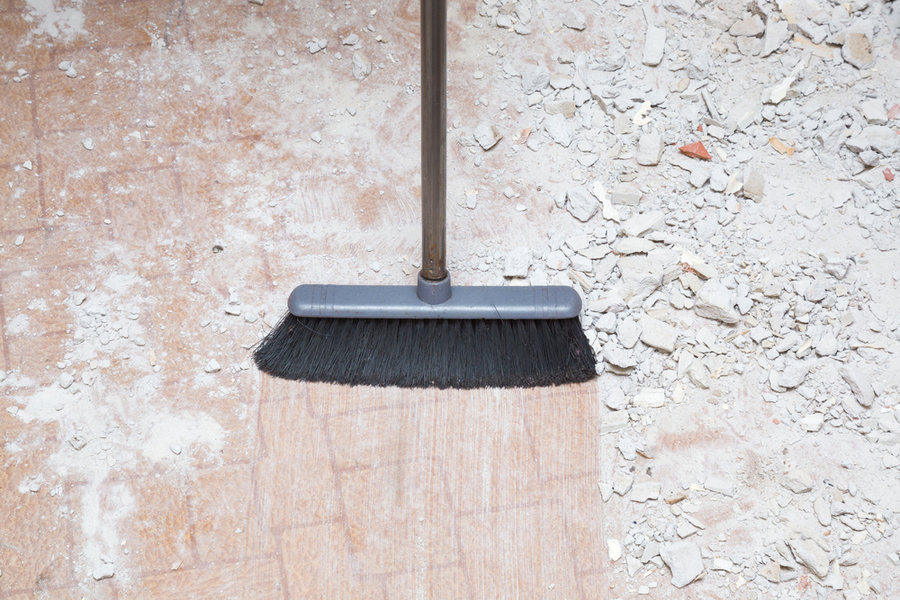
Concrete dust in your basement might be due to the old age of the concrete or issues with the concrete installation. This can cause the top layer of the concrete to disintegrate slowly, producing concrete dust.
Recent renovation, construction, or application of grout are other possible reasons your basement might be covered in concrete dust.
It would be best if you cleaned up concrete dust because the longer it stays, the more difficult it will be to remove. Also, concrete dust poses health risks when inhaled; besides, nobody wants to live in a dusty home.
Cleaning concrete dust from your basement is not a complex process; you can use readily available household cleaning supplies.
Getting rid of concrete dust in the basement is a straightforward process as long as you have the cleaning materials.
It is crucial to wear protective gear when cleaning concrete dust because concrete dust can be a health risk when inhaled for a long time.
Here is the step-by-step process of removing cement dust from your basement:
- Gather the tools and materials you’ll need.
- Wear protective gear.
- Vacuum to remove loose debris.
- Mop/ scrub the floors.
- Allow the floor to dry.
Read on as we discuss each step in detail.
This article will discuss the detailed process of removing concrete dust from your basement. We’ll also provide tips to prevent concrete dust from constantly forming in the basement.
Removing Concrete Dust From the Basement
Most homeowners store the extra items they don’t frequently use in the basement. Others opt to turn it into a recreational spot to spend their downtime. It might be challenging to use the space when it’s covered with concrete dust.
Here are the steps that you can follow to remove concrete dust from your basement:
1. Gather the Tools and Materials You’ll Need
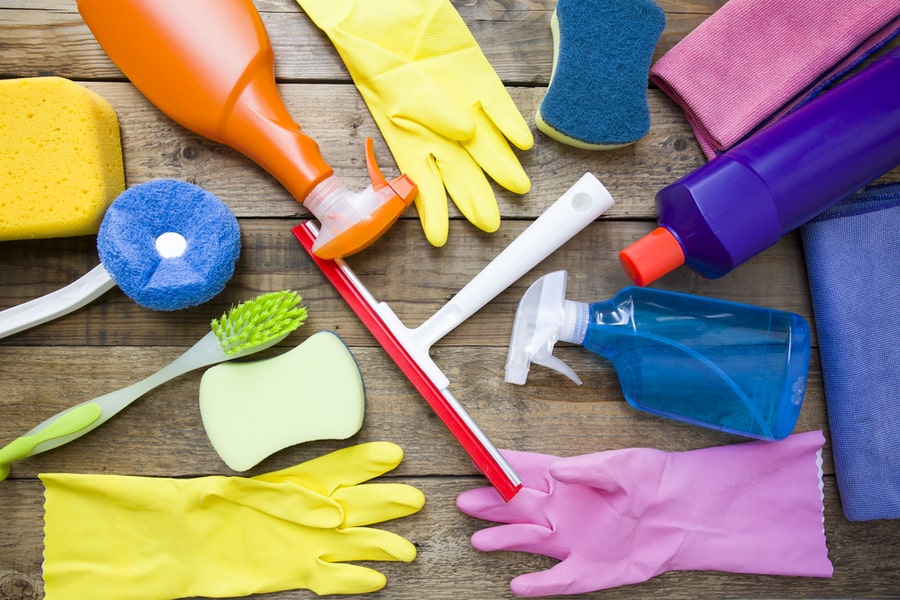
Before cleaning, gather all the items you’ll need for the task. Typically, you’ll need the items below:
- Vacuum
- Garden hose
- A mop/duster
- Mop bucket
- Warm water
- A nylon-bristle brush
- Respirator/ dust mask
- Rubber gloves
2. Wear Protective Gear
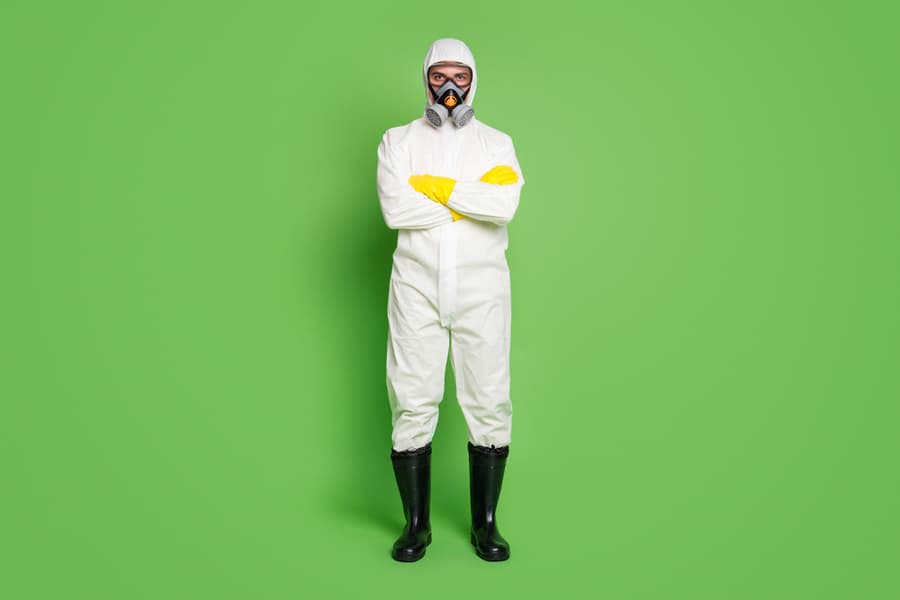
Inhaling cement dust for an extended period can aggravate allergies and respiratory issues or cause other health problems. It can also cause rashes on the skin.
It is best to wear rubber gloves, waterproof boots, goggles, and a respirator to avoid coming into direct contact with concrete dust.
Always ensure that the basement is well-ventilated when removing concrete dust.
3. Vacuum To Remove Loose Debris
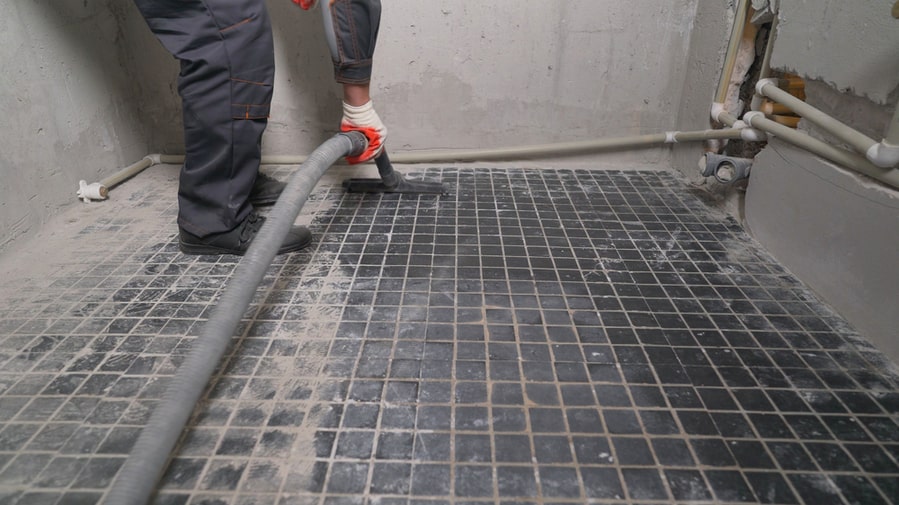
Start by collecting all the waste on the floor, such as large pieces of wood. You can then begin vacuuming the basement, starting with the ceiling to the floors paying attention to corners and crevices.
It’s also vital to vacuum the window seals and stairs. Move items around as you vacuum to ensure you reach all the surfaces. Depending on the dust, you may have to vacuum more than once.
When removing concrete dust, it is best to use a vacuum with a HEPA filter.
4. Wipe Down Surfaces
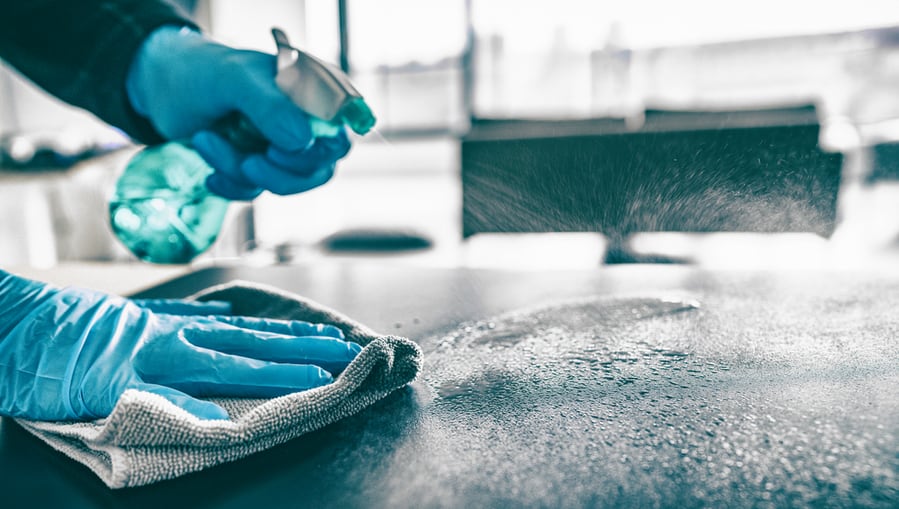
Use a microfiber cloth and warm water/vinegar solution to wipe window seals, panes, and furniture. This will help you remove any remaining dust on these surfaces.
5. Mop/ Scrub the Floors
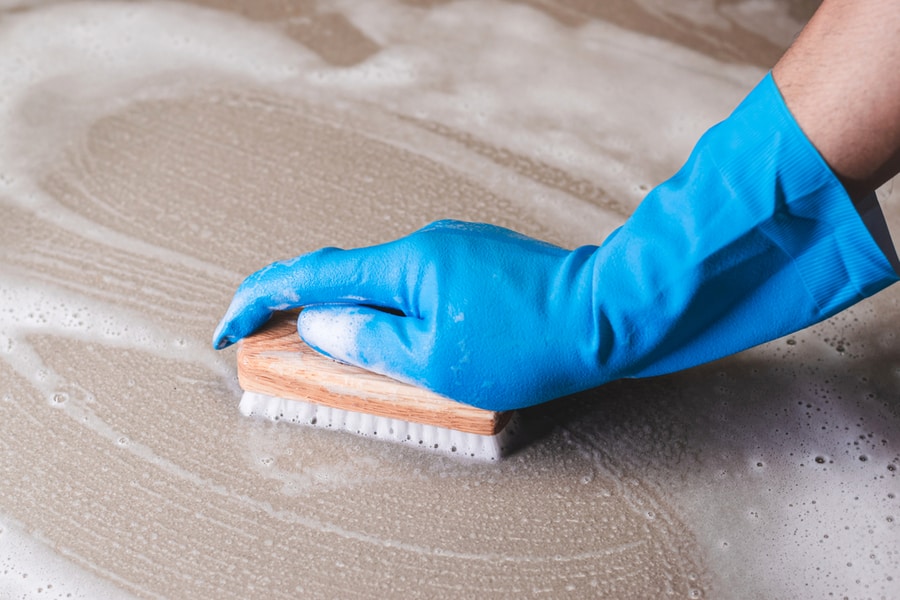
After vacuuming, you’ll need to mop or scrub the floors to remove any remaining concrete dust.
There are several cleaning agents that you can use at this stage, including vinegar, detergent, or concrete dust cleaner:
Stage #1: To Scrub the Floor:
Follow these steps when scrubbing the floor to remove concrete dust:
- Remove the carpet where applicable.
- Make a solution of warm water and the cleaner of choice in a bucket. It can be a detergent, vinegar, or concrete dust cleaner.
- Sprinkle/spray the mixture on the basement floor and let it sit for about 5 minutes. This is essential to loosen any concrete dust that may have stuck to the floor.
- Use a nylon-bristled brush to scrub the floor lightly, working in sections. Next, move the furniture or any items in the basement to ensure you cover every corner of the room.
- Use a wet/dry vacuum to dry the excess water.
- Rinse the floor with plain water to remove all the cleaning agents.
- Dry the excess water using a dry/wet vacuum. Alternatively, you can sweep the water out of the basement if the basement opens up to an outdoor space.
Stage #2: To Mop the Floor
Follow these steps when mopping the floor to remove concrete dust:
- Get the carpet and any furniture pieces out of the way.
- Next, make a cleaning solution with water, vinegar, or mild detergent.
- Sprinkle or spray the mixture on the basement floor and let it sit for about 5 minutes.
- Dip a rope mop into the solution, properly wring it out, then use it to wipe the floors while draining any excess water. Alternatively, you can use a Swiffer attached to a wet mop instead of a rope mop.
- Work in sections until you mop the entire basement. You’ll need to rinse and wring the mop when it dirties. You can also change the cleaning solution if it gets too dirty.
- Use a wet/dry vac to dry out excess water. You can also use a dry mop or rag to dry the floor.
6. Allow the Floor To Dry
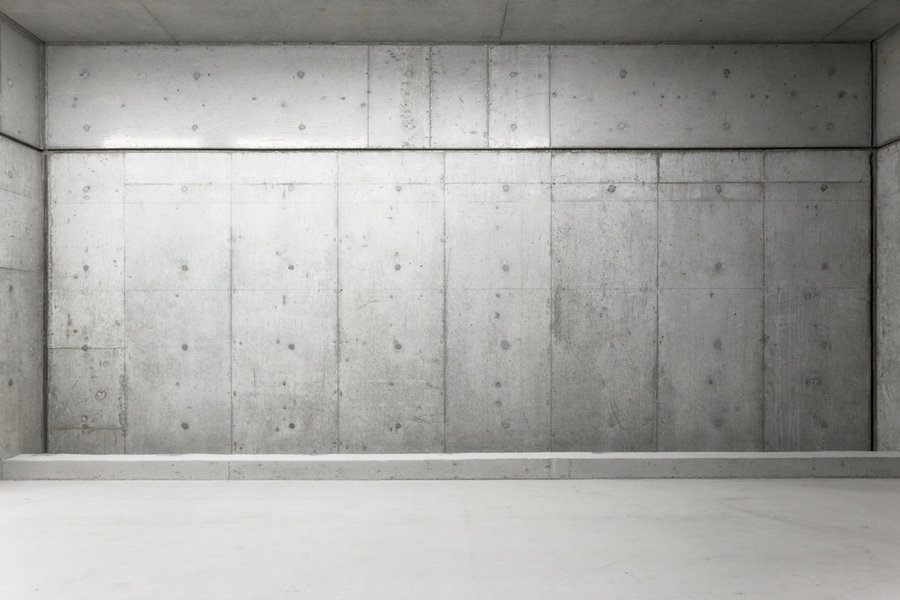
Leave the floor to dry after mopping/scrubbing it. You can also place dehumidifiers and fans to facilitate drying and prevent mold growth.
It is best to allow the floor to dry before returning the carpet and any other items you’ve moved.
How To Reduce Concrete Dust in the Basement

Unfortunately, cleaning the basement doesn’t remove the concrete dust in the long run, especially if the dust is due to the disintegration of the concrete’s top layer.
A weakened concrete top layer might be due to the old concrete age or mistakes made during the concrete installation. Such errors include inadequate curing or use of excess silt or clay in the concrete mix.
You can reduce or stop concrete dusting by:
1. Sealing Concrete Floors
Applying a concrete sealer stops the dusting by creating a protective layer on the concrete. The seal will also protect the floor from water damage because it’s water-resistant.
2. Painting
Instead of a seal, you can apply an epoxy, urethane, or acrylic floor coating.
Conclusion
Removing concrete dust from your basement is good for your home’s general hygiene and cleanliness and is vital for your family’s safety.
As you’ve seen from this article, removing concrete dust is straightforward as long as you have all the necessary tools.
Finally, consider sealing or painting the floors to prevent the reoccurrence of concrete dust in your basement.
Frequently Asked Questions
Is Concrete Dust Unsafe?
Yes. Breathing concrete dust for an extended period can trigger allergies or cause severe respiratory diseases such as silicosis, which is incurable.
Concrete dust can also cause mild rashes and severe skin burns in people allergic to chromium.
How Can You Remove Concrete Dust From Your Basement?
The best way to remove concrete dust from your basement is to vacuum with a HEPA filter and then mop or scrub the floor using a water/vinegar or concrete dust cleaner solution.
When cleaning, ensure that the basement is well-ventilated and wear a respirator, gloves, and goggles.


